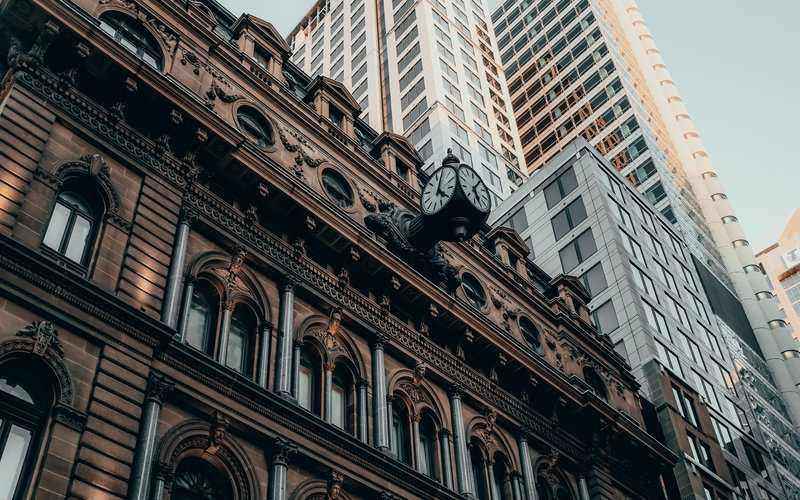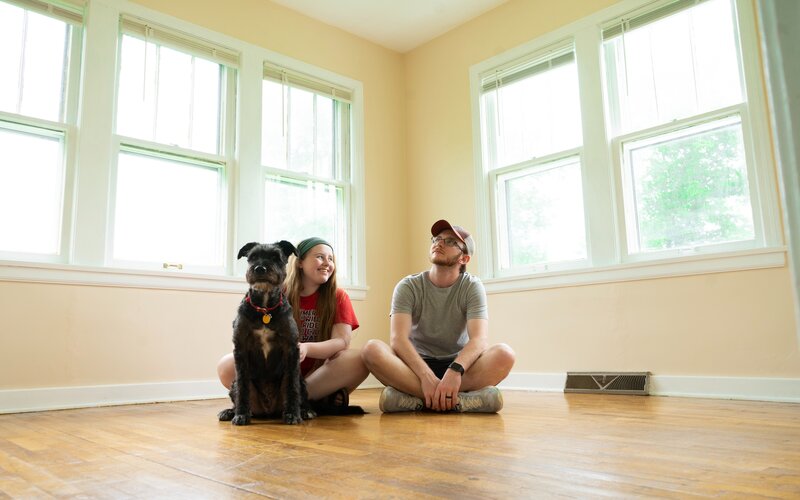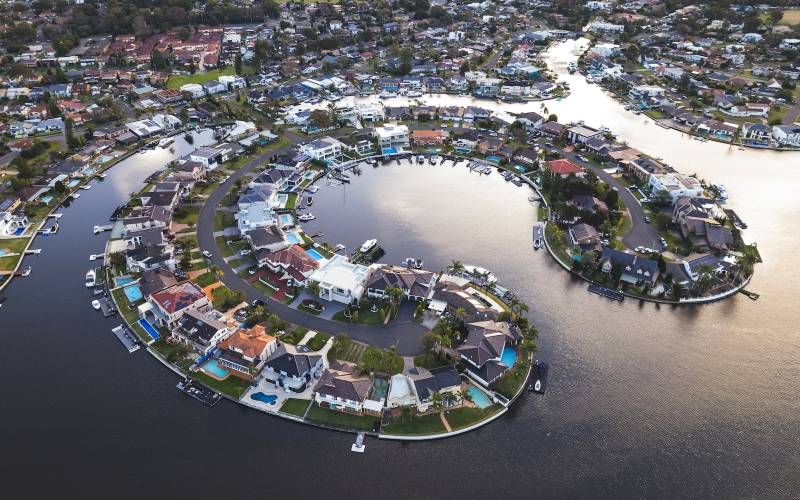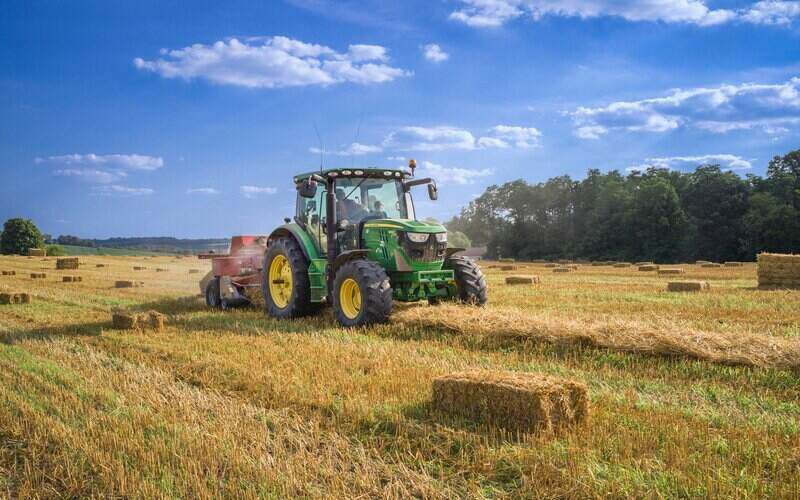It's the third consecutive month the Reserve Bank has left the rate unchanged, after two cuts in March and the implementation of a quantitative easing program.
The decision comes as no shock, with most economists and the market all but certain the rate would remain unchanged.
RBA Governor Phillip Lowe said the two-pronged Government and central bank response to the economic fallout from COVID-19 was helping the economy recover.
"The substantial, coordinated and unprecedented easing of fiscal and monetary policy in Australia is helping the economy through this difficult period," Dr Lowe said.
"It is likely that this fiscal and monetary support will be required for some time.
"The Board is committed to do what it can to support jobs, incomes and businesses and to make sure that Australia is well placed for the recovery."
Dr Lowe said Australia's economy was going through an extremely difficult period, experiencing the biggest economic contraction since the 1930s.
"In April, total hours worked declined by an unprecedented 9% and more than 600,000 people lost their jobs, with many more people working zero hours," he said.
"Household spending weakened very considerably and investment plans are being deferred or cancelled."
Despite this, the central bank Governor was cautiously optimistic and said the depth of the downturn may be less than earlier expected.
"The rate of new infections has declined significantly and some restrictions have been eased earlier than was previously thought likely," Dr Lowe said.
"And there are signs that hours worked stabilised in early May, after the earlier very sharp decline.
"There has also been a pick-up in some forms of consumer spending."
But Dr Lowe said even with signs of improvement, it was almost impossible to forecast how an economic recovery would look.
"However, the outlook, including the nature and speed of the expected recovery, remains highly uncertain and the pandemic is likely to have long-lasting effects on the economy," he said.
"In the period immediately ahead, much will depend on the confidence that people and businesses have about the health situation and their own finances."
Low rates bolster property market
CoreLogic head of research Tim Lawless said the low cash rate was helping to support housing market conditions and keep borrowing costs low.
"Owner occupier mortgage rates are averaging less than 3% and the most competitive rates are close to the 2% mark," Mr Lawless said.
"Alongside significant rate reductions, reports are emerging of banks offering extended interest-only periods and allowing customers to pivot to interest-only repayment schedules.
"This kind of policy is likely to become more widespread later this year, as ‘mortgage holiday’ periods end and government stimulus measures taper."
Mr Lawless said low borrowing costs were stopping property prices from crashing as predicted by many, with CommBank, for example, forecasting a worst-case scenario of a 32% drop in prices.
"Such a low cost of debt, along with improving consumer sentiment and an easing in social distancing policies were factors supporting an 18.5% rise in housing activity through May, after sales plunged by about 33% nationally in April," he said.
"The low rate setting and improving level of market activity also partially explain why housing values have fallen by less than half a percent through the COVID-19 crisis to date."
Mortgage Choice CEO Susan Mitchell echoed Mr Lawless' sentiments and said the record low cash rate continued to drive the lowest cost of borrowing in history, helping to bolster the property market.
“In the meantime, Australian borrowers can continue to enjoy an extremely competitive home loan market," Ms Mitchell said.
"We have seen a surge in the number of borrowers choosing to refinance, with demand for fixed rate home loan products surging over 10% over the month of May.
Could we see a negative cash rate?
Dr Lowe last week reaffirmed the central bank had no appetite for negative rates in Australia, meaning the cash rate was at its effective floor.
The RBA has also repeatedly stated it would not raise the cash rate until progress had been made towards full employment and inflation was in the 2-3% band.
Inflation currently sits at 2.2%, the first time it's been in the desired band since 2018.
However, the unemployment rate currently sits at 6.2%, with the RBA forecasting it will stay above 6% until at least the end of 2021.
In recent weeks there have been increasingly louder calls to take the cash rate negative.
Westpac economist Bill Evans said negative rates would help lenders cut their home loan rates and speed up a potential economic recovery.
"A serious case can be made for the RBA to consider further cuts and entering negative territory for the cash rate if it becomes apparent that the economy is deteriorating even more than is currently expected," Mr Evans said.
"A small open economy with significant foreign liabilities would certainly see a substantial improvement in the competitiveness of the currency with further rate cuts when other major markets are anchored at their effective lower bounds."

Ready, Set, Buy!
Learn everything you need to know about buying property – from choosing the right property and home loan, to the purchasing process, tips to save money and more!
With bonus Q&A sheet and Crossword!



 Harry O'Sullivan
Harry O'Sullivan
 Bea Garcia
Bea Garcia
 Denise Raward
Denise Raward
 Rachel Horan
Rachel Horan


